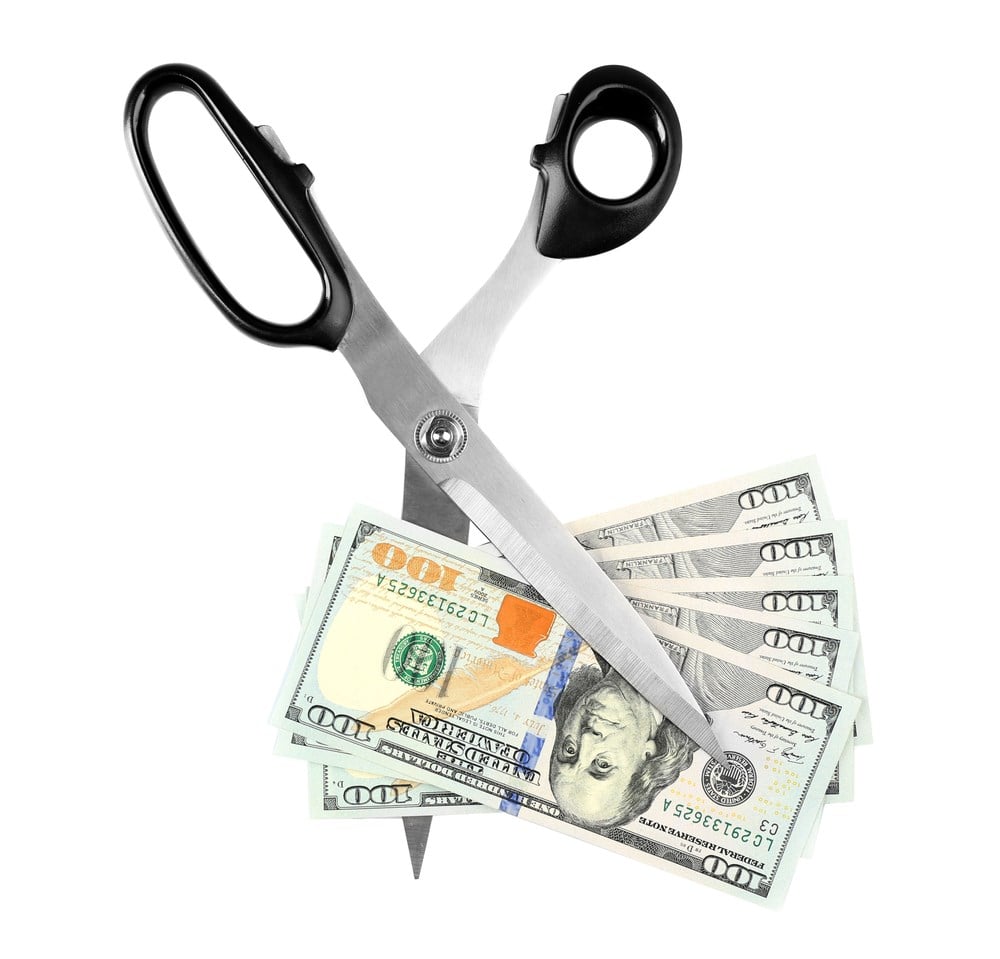
Regarding steak marinades and financial debt, reductions are good — but not so much with stock dividends.
A board of director's decision to employ dividend cuts is usually motivated by a need to shore up a company's financials. Its near-term ability to generate cash flow becomes compromised. Challenging economic conditions, a shift in customer preferences, escalating expenses or all of the above are often the cause.
The market, therefore, generally interprets a dividend cut as a signal of financial distress. When a dividend cut comes around, the stock typically sells off.
So if dividend growers like the Dividend Aristocrats are attractive long-term investments, does this make dividend trimmers poor investments?
Not necessarily.
Sometimes a dividend cut is a smart temporary move that eventually leads to improved financial health and dividend increases. Sometimes the market overreacts to dividend cut news, creating a favorable entry point for patient investors.
Let's look at three recent examples of companies that lowered their dividends.
Is Newell Brands' Dividend Cut an Astute Financial Move?
Last month, Newell Brands Inc. (NASDAQ: NWL) slashed its quarterly dividend from 23 cents per share to seven cents per share. The drastic 70% reduction caused a sell-off in a stock that has long trended lower. Over the last two years, pandemic-driven demand for Rubbermaid containers, Coleman coolers and home office supplies has dried up, and along with it, Newell Brands' operating cash flow.
Despite the stock fast approaching its 2009 financial crisis lows, management expects its financials to turn around in the next few quarters. The dividend cut is part of a strategy to fund supply chain consolidation and de-leverage the balance sheet. Both would be positive developments and afford Newell Brands greater financial flexibility.
Besides management's optimism, there are two reasons to interpret the dividend cut as bullish: Newell Brands' 3.4% forward yield is still almost twice that of the average consumer discretionary stock, and the current 22% payout ratio leaves a ton of room to return the dividend to where it was.
If efficiency and productivity initiatives improve cash flow as designed, this stale consumer stock could get fresh again.
Why Did Paramount Global Cut its Dividend?
On May 4, Paramount Global (NASDAQ: PARA) cut its dividend by nearly 80% to five cents per share. Alongside disappointing first-quarter results, the market clobbered the stock down 28% en route to establishing a new 52-week low. A weak advertising market hampered the media giant, combined with heavy streaming TV spending, leading to an 85% plunge in first-quarter profits.
Paramount Global's dividend cut frees up cash for two main purposes: First, it plans to pour more money into Paramount+ to gain share in the intensifying video streaming market. The company's direct-to-consumer streaming strategy is gaining traction due to its Walmart Inc. (NYSE: WMT) partnership, but a big gap remains between Netflix Inc: (NASDAQ: NFLX), The Walt Disney Company (NYSE: DIS) and Warner Bros. Discovery Inc (NASDAQ: WBD).
Second, it plans to reduce debt — almost all of which is long-term following recent refinancings.
Will irking shareholders by cutting the dividend lead to streaming success and a return to profitability? Management expects the latter to occur by next year. But the stock's current 1.3% yield may not be worth waiting for the coming attractions.
What Does Intel's Dividend Cut Signal?
This week, Intel Corporation (NASDAQ: INTC) paid a 12.5-cent quarterly dividend, approximately two-thirds of what it was in March 2023. Once one of S&P 500's biggest dividend payers, the chipmaker's 1.6% forward yield is comparable to the average information technology stock.
Based on the present macro environment, the board's decision to slash the dividend is reasonable. Personal computer sales are down and supply chain disruptions are still a problem. On top of market share losses to key competitors, Intel's profits will likely remain sharply down for the second straight year in 2023.
Intel's dividend cut should create financial flexibility and shareholder value. It signals that the company can better spend its cash on its in-house semiconductor foundry designed to reduce its reliance on overseas manufacturers and lower costs. Along with job cuts, the move is part of a strategy to generate up to $10 billion in annual cost savings by 2025.
Wall Street doesn't think a recovery will unfold anytime soon. Most analysts have taken a neutral position on the stock since the dividend announcement, making it a "wait and see" story for 2024 and beyond. The problem is that absent the sizable dividend, income investors will want to park their money in higher-yielding names like Texas Instruments Inc. (NASDAQ: TXN) and Qualcomm Inc. (NASDAQ: QCOM) while they wait for the industry to snap back.













